Pat McMahon is a suckler farmer located in north Co Louth, who recently benefited from a grant to conserve the traditional buildings in place on his farm.
To be eligible for the Traditional Farm Buildings Grant Scheme, which Pat availed of, a farmer must also be an applicant of the Green Low-Carbon Agri-Environmental Scheme (GLAS).
“We carried out a lot of research into the history of the buildings as well as the grants that were available,” Pat explained to the crowd of over 100 who attended the open day.
Music and dancing
“These buildings date back to the late 1800s, and form the exterior of an old farm courtyard. In by-gone times, it provided a meeting point for local people where they danced and played music. In more recent times, the buildings were used for storing and bruising grain."
The slates started to fall off some of the roofs on the buildings after storm Ophelia, so work had to be done for safety reasons, if for nothing else.

Before: one of the biggest issues with old buildings is water ingress.
Grant-aid
It is important to know that the grant is aimed at conserving traditional buildings and not restoring them.
“Minimum intervention is key,” Pat explained.
Anna Meehan, project manager with the Heritage Council, was also heavily involved with the project. Every year the scheme is over-subscribed, with funding only available for 50 to 60 projects annually, out of over 200 applications.

After: the first job that had to be done was to strip off the slates and the ridge tiles.
“It’s about preserving what is there more than anything else,” Pat said. “I got approval for the project in mid-2018 but getting started wasn’t as straightforward as expected. I had to get a bat-bird survey done and found out that bats used the buildings.”
The bat-bird survey was carried out by Donna Mullen from Bat Conservation Ireland. Following this survey, a derogation licence under the Wildlife Act 1976 was required due to the presence of bats in the building. This meant work could only start on 1 September 2018.
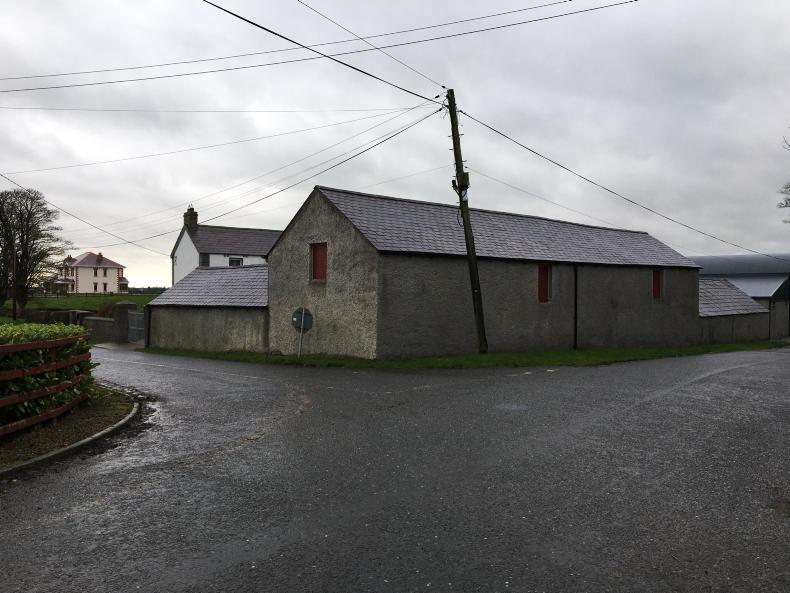
After: 80% of the slates on the existing roofs were salvaged.
Getting started
The first job that was done was to strip off the slates and ridge tiles on the loft.
Some rafters were rotting and had to be spliced.
The Heritage Council had no objection to the provision of an additional lower line of collar ties to the roof, which helped to tie the buildings while also maintaining head height. All slate batons were replaced on the roofs.
Almost all of the slates on the existing roofs were salvaged. The shortfall of slates was obtained from a local salvage yard. The slates were re-instated using copper nails, while the ridge tiles were re-bedded using lime mortar.
A new floor was installed in the loft. All timbers in the buildings were treated for woodworm while all doors to the buildings were in very poor condition and had to be replaced.
“They were sanded down, primed and glossed to match existing doors. The main issue when people go to do up old buildings is water getting into a building and destroying the walls,” Pat said.

After: Some of the buildings required minor lime pointing.
Passion
“I love traditional buildings,” Pat said. “I have perfect soil and sand for sustainable building and repairs here. The loss of skills in rural Ireland is something that you hate to see. This was a great project to be involved in as I always tried to keep the buildings well maintained previously and this was the finishing touch to them.”
Pat's Teagasc adviser James Mimnagh helped to submit the grant application and was followed through by James’s successor Feidhlim Burke.
The GLAS Traditional Farm Buildings Grant Scheme is managed by the National Heritage Council on behalf of the Department of Agriculture, Food and the Marine, which is funded by the 2014-2020 Rural Development Programme – the European Agricultural Fund for Rural Development in Europe.
Aine Gaffney is a business and technology adviser for Teagasc.
Pat McMahon is a suckler farmer located in north Co Louth, who recently benefited from a grant to conserve the traditional buildings in place on his farm.
To be eligible for the Traditional Farm Buildings Grant Scheme, which Pat availed of, a farmer must also be an applicant of the Green Low-Carbon Agri-Environmental Scheme (GLAS).
“We carried out a lot of research into the history of the buildings as well as the grants that were available,” Pat explained to the crowd of over 100 who attended the open day.
Music and dancing
“These buildings date back to the late 1800s, and form the exterior of an old farm courtyard. In by-gone times, it provided a meeting point for local people where they danced and played music. In more recent times, the buildings were used for storing and bruising grain."
The slates started to fall off some of the roofs on the buildings after storm Ophelia, so work had to be done for safety reasons, if for nothing else.

Before: one of the biggest issues with old buildings is water ingress.
Grant-aid
It is important to know that the grant is aimed at conserving traditional buildings and not restoring them.
“Minimum intervention is key,” Pat explained.
Anna Meehan, project manager with the Heritage Council, was also heavily involved with the project. Every year the scheme is over-subscribed, with funding only available for 50 to 60 projects annually, out of over 200 applications.

After: the first job that had to be done was to strip off the slates and the ridge tiles.
“It’s about preserving what is there more than anything else,” Pat said. “I got approval for the project in mid-2018 but getting started wasn’t as straightforward as expected. I had to get a bat-bird survey done and found out that bats used the buildings.”
The bat-bird survey was carried out by Donna Mullen from Bat Conservation Ireland. Following this survey, a derogation licence under the Wildlife Act 1976 was required due to the presence of bats in the building. This meant work could only start on 1 September 2018.

After: 80% of the slates on the existing roofs were salvaged.
Getting started
The first job that was done was to strip off the slates and ridge tiles on the loft.
Some rafters were rotting and had to be spliced.
The Heritage Council had no objection to the provision of an additional lower line of collar ties to the roof, which helped to tie the buildings while also maintaining head height. All slate batons were replaced on the roofs.
Almost all of the slates on the existing roofs were salvaged. The shortfall of slates was obtained from a local salvage yard. The slates were re-instated using copper nails, while the ridge tiles were re-bedded using lime mortar.
A new floor was installed in the loft. All timbers in the buildings were treated for woodworm while all doors to the buildings were in very poor condition and had to be replaced.
“They were sanded down, primed and glossed to match existing doors. The main issue when people go to do up old buildings is water getting into a building and destroying the walls,” Pat said.

After: Some of the buildings required minor lime pointing.
Passion
“I love traditional buildings,” Pat said. “I have perfect soil and sand for sustainable building and repairs here. The loss of skills in rural Ireland is something that you hate to see. This was a great project to be involved in as I always tried to keep the buildings well maintained previously and this was the finishing touch to them.”
Pat's Teagasc adviser James Mimnagh helped to submit the grant application and was followed through by James’s successor Feidhlim Burke.
The GLAS Traditional Farm Buildings Grant Scheme is managed by the National Heritage Council on behalf of the Department of Agriculture, Food and the Marine, which is funded by the 2014-2020 Rural Development Programme – the European Agricultural Fund for Rural Development in Europe.
Aine Gaffney is a business and technology adviser for Teagasc.








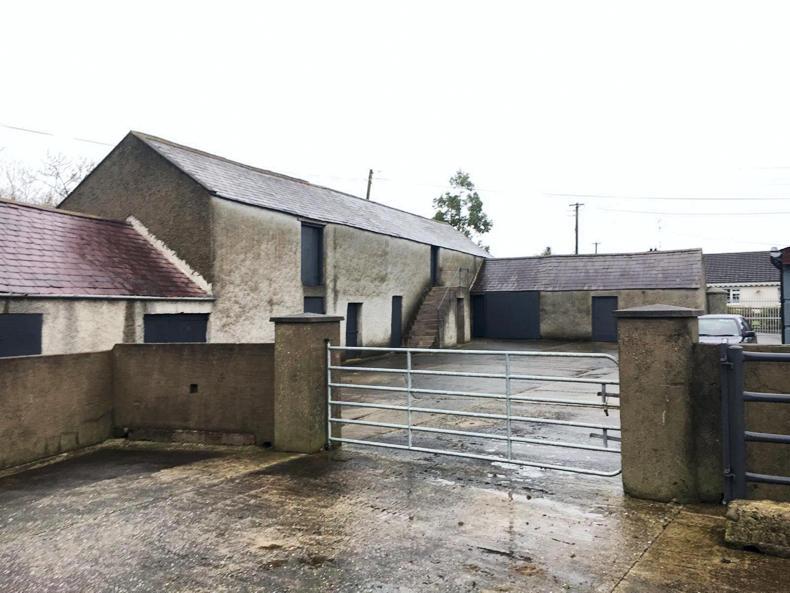
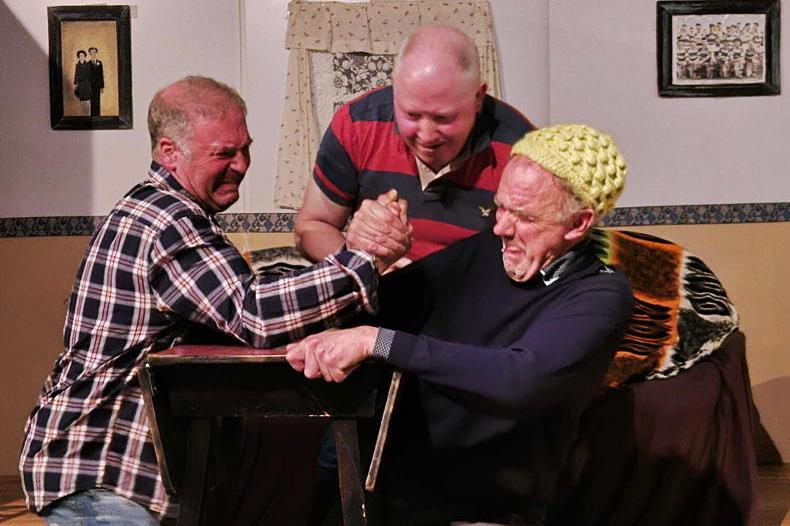

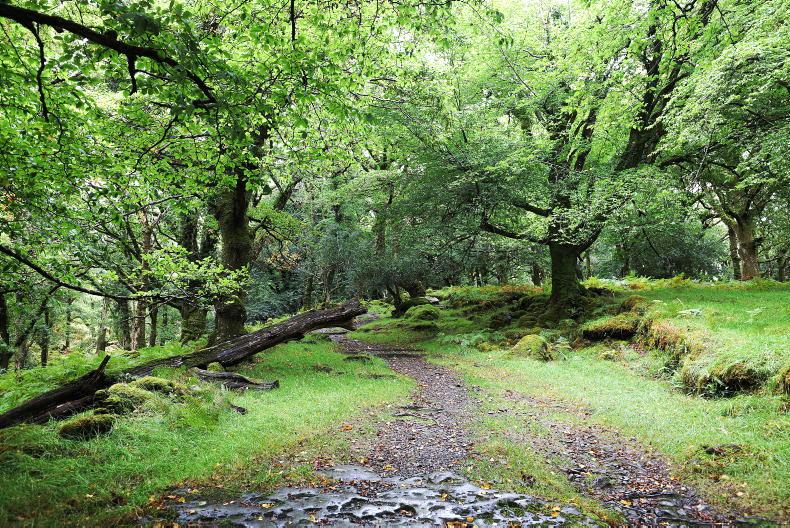
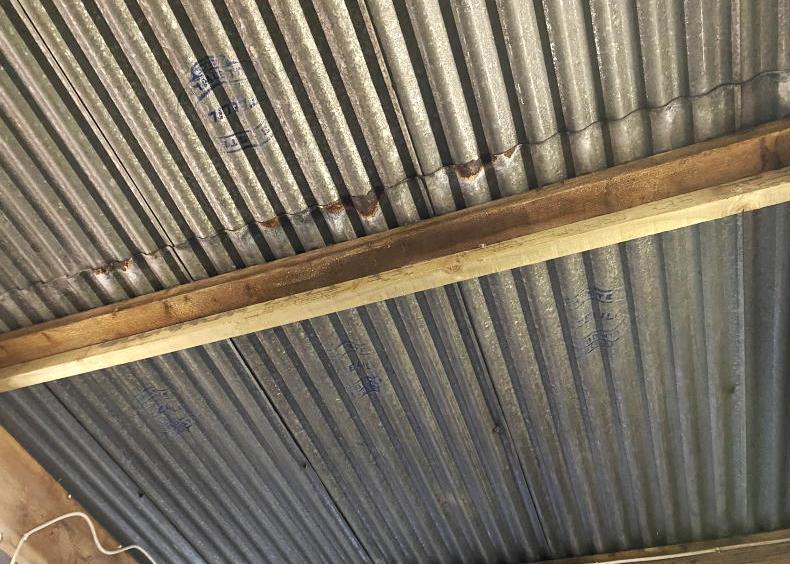

SHARING OPTIONS